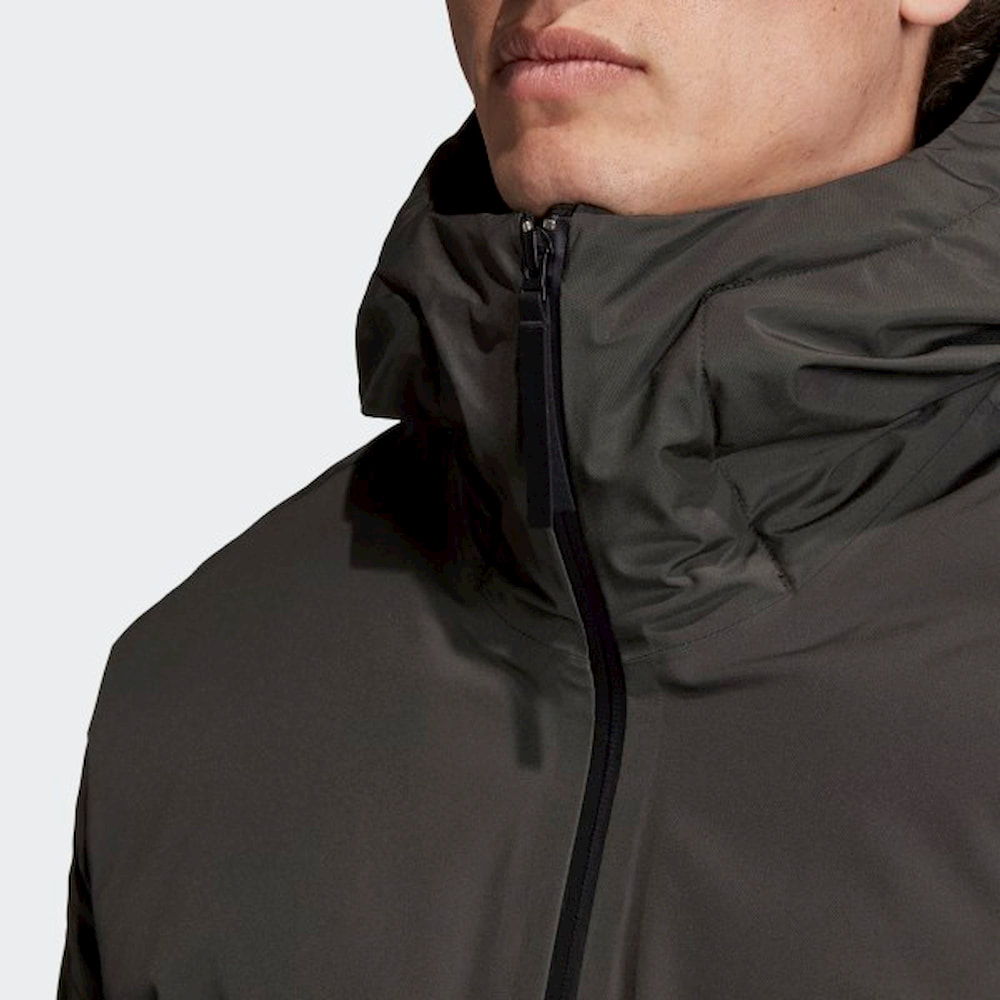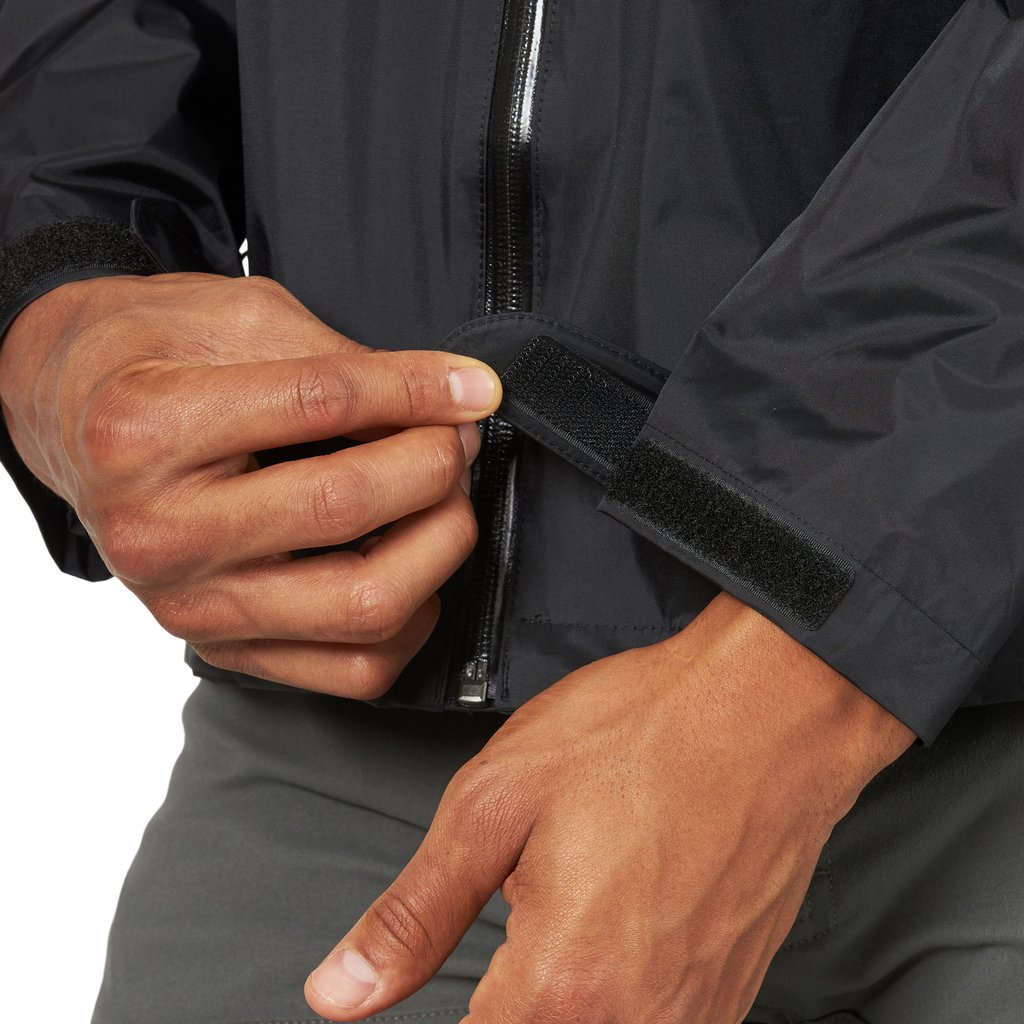We all need a waterproof jacket in our wardrobe, but with the range of products and technology available, how do we know which one to choose?
Those who spend their spare time out in the mountains and hills, and don't give up even when the rain starts coming down, know the importance of having a good quality waterproof coat. However, with the ever-growing options of fabrics, styles and features to choose from, it sometimes seems difficult to know which one to invest in.
To help you find the perfect waterproof jacket for your outdoor activity, I've put together a guide to help you on your way.
Waterproofing
One of the most important things to consider when shopping for waterproof coats is just how good the garment is at keeping the rain out. One of the main factors that differentiate an affordable jacket from a more expensive one is the type of technology it uses to keep you dry. Most waterproof jackets available fall in the following categories:
Jackets with a waterproof coating
In this category jackets are treated with a Durable Water Repellent (DWR) liquid coating. You will know that the jacket has this coating because water will bead up on the surface of the fabric and trickle off. Jackets treated with DWR tend to be less expensive, but they offer poor breathability and require regular re-proofing.
Jackets with a waterproof membrane
These jackets feature what is called a waterproof membrane. It is a thin layer of microscopic pores that are large enough to allow moisture out, but small enough to prevent rain droplets from getting in. A breathable membrane will provide a better control than a coated jacket. Gore-Tex is the most popular membrane used in waterproof jackets.
Breathability
Depending on your budget and what you plan to do with your jacket, you may or may not want it to be breathable. It's a great feature to have. It can make you feel more comfortable through your walk/hike, but this can increase the price and in some cases, increase size and weight. Know that choosing a jacket without any breathable membrane, sweat and heat won't be able to escape, which will leave you feeling damp and clammy.
For great breathability, go for waterproof coats with a Gore-Tex membrane. But there are other features that can increase the breathability of the coat, such as underarm ventilation zips and mesh-lined pocket. These features can be very handy during warm, muggy hikes. As a rule of thumb, the more energetic the activity you will be doing, the more breathable you'll need your jacket to be.
Seams
To be effective the seams on waterproof jackets need to be sealed either by taping or welding. This ensures that water can't find it's way through the stitch holes of the fabric. When the product description states that critical seams are sealed, know that not all the seams are taped. To be taped the seam needs to have a fabric tape along the stitch on the inside of the jacket - this seals the holes created by the stitching needles. The width of the tape will vary from different brands, but the narrower the tape the more difficult, and also more expensive the process of seam taping. Seam tape comes with glue to ensure it sticks to the fabric. Know that this glue is not breathable, so by having narrower tape on the seams, more of the jacket remains breathable.
Fit
The fit and volume of the jacket will mostly depend on the activity it's intended for. Models designed for high energy activities such as train running will have a lower volume and a more athletic cut to minimize weight and excess fabric when on the trail. Regular waterproof hiking jackets will have a slightly more generous fit throughout to allow full freedom of movement with extra layers in cooler conditions. Some models are also slightly longer to provide better coverage. There are also ergonomic designs, which are longer in the back than the front so as not to hinder leg movements when tracklung steeper slopes and climbing over stiles.
Mountaineering and climbling jackets often have a more tapered body with higher volume around the chest and shoulder area, allowing full freedom of movement with layers. A lower volume and more fitted design aournd the hips helps reduce bulk when wearing the jacket witha harness.
Sleeves
The sleeves of these jackets feature a design that allows the insulating layers to be worn beneath as well as full freedom of movement. Some jackets come with articulated sleeves to ensure a better fit. Levels of articulation will vary from jacket to jacket, the activity it is intended for and the brand. For example, a jacket that has been designed for hiking trails often have less articulation than a jacket that has been designed for climbing.
Mountaineering and climbing waterproof jackets generally have longer sleeves and sometimes angled cuffs to ensure coverage and ease of movement when extending the arms. Longer sleeves and articulaiton, particularly around the shoulder area, helps reduce hem lift dramatically, preventing your jacket's waist hem to getting constantly untuck from your harness.





